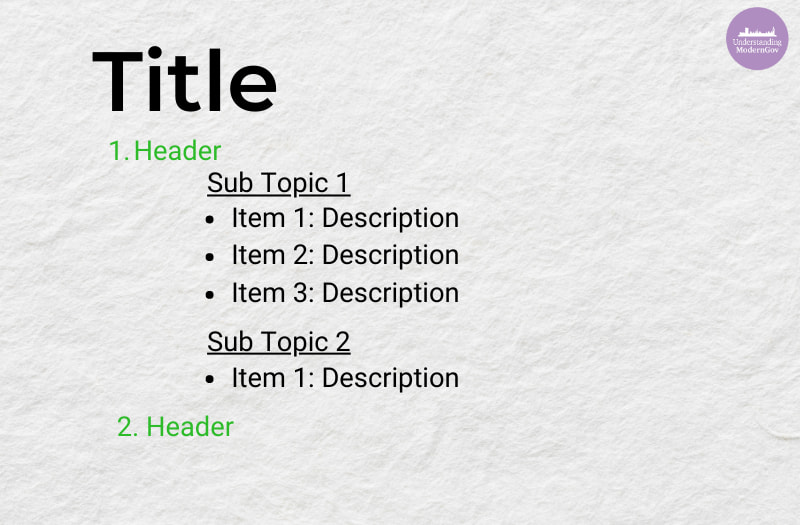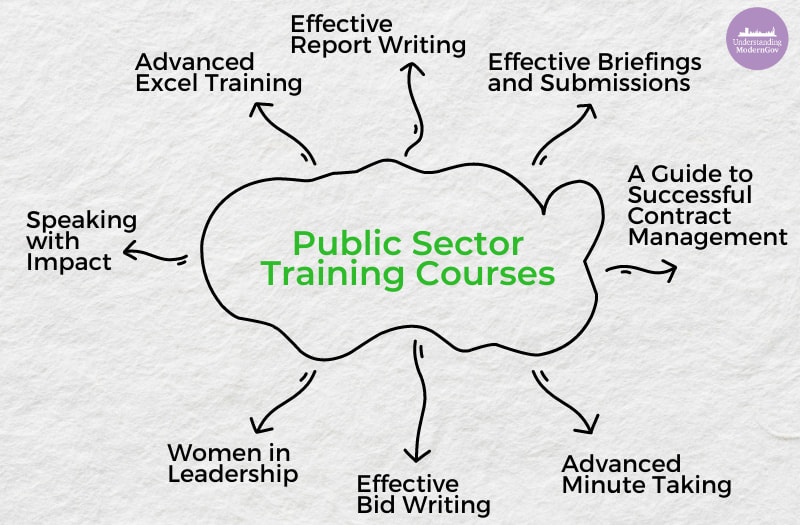5 Effective Note-Taking Methods to Streamline Your Workplace Efficiency
 Chloe Martin
·
5 minute read
Chloe Martin
·
5 minute read
In the fast-paced world of work, capturing and retaining vital information is a constant struggle.
Disorganised and messy note-taking can mean missed details, lost key information and an overwhelming amount of unnecessary points.
Whether you’re taking notes in a meeting, or presentation or trying to keep your day-to-day notes organised, we’ve got 5 note-taking methods that will help streamline your work - plus top tips for note-taking in the workplace.
Why is Effective Note-Taking Important?
From enhancing productivity to promoting decision-making and organisation, effective note-taking allows you to structure your thoughts, key points and summarise information.
Note-taking doesn’t only improve your personal productivity, it can also promote collaboration and greater communication with your team. To keep everyone on the same page, use note-taking to share key points, action items, project updates and transparency across the team.
What are 4 Important Things to Remember When Note-Taking at Work?
No matter what note-taking method you choose, there are four important things to remember.
1. Capture key points: From main ideas and action items to decisions and relevant details. Avoid writing down everything and aim to summarise information that’s key.
2. Keep notes consistent: Find a note-taking method that works for you and use it consistently. Doing this will make reviewing and understanding your notes later on easier and can help locate specific information quickly.
3. Use active listening and engagement: One of the key parts of note-taking is active listening. Stay attentive, ask questions and aim to participate in discussions. This can take practice but doing so regularly can help you discover how to take notes that are right for you.
4. Review and reflect: After taking notes, make the time to review and reflect. Fill in any gaps you may have missed or clarify unclear points. Use this time to ensure you understand your notes, identify action items and follow up on any tasks.
5 Effective Note-Taking Methods and How to Use Them
Note-taking methods provide a framework for recording key points, ideas and details in various styles and structures. Here are 5 effective note-taking methods that can be used in a variety of professional settings.
Cornell Method
The Cornell Method is one the most frequently used note-taking methods as it has been around for decades, and the format is still applicable today.
This method is effective when you’re taking “live” notes during a presentation or meeting and provides the space for you to condense or review what was said – all on the same page.
The Outline Method
If you want to organise information in a clear and logical way, the Outline method is for you. This method focuses on using headings and subtopics to differentiate between main ideas and supporting ones.
1. Start with your main heading – this serves the overall theme of your notes.
2. Ident subtopics – these subtopics represent key points related to the main heading.
3. Add supporting details – Under each subtopic, include details, examples, points or explanations. Use bullet points for clarity and readability.
4. Maintain the hierarchy – Use indentation to reflect the level of importance of ideas or information.
5. Use abbreviations – To capture information more quickly during fast-paced meetings or presentations, use abbreviations or symbols when appropriate.
6. Review – After you’ve finished taking notes, review them. Make edits, clarify unclear points and ensure information is logically organised.
The Quadrants Method
This method is all about balance. It takes into account questions, main notes, personal action items and ones to assign to others. This is one of the most effective methods if you are working on multiple projects at once and trying to prioritise.
Let’s go over the four quadrants:
1. Questions: Before the meeting or questions that arise during. Questions help you clarify further information or areas that need more discussion.
2. Notes: These can be key points or information discussed during a presentation or meeting. Try to view these notes as the core takeaways from that event.
3. Personal Action Items: Write down tasks you need to complete by what deadline.
4. Assign to Others: Follow-up actions and who and when they need to be completed by. Add any relevant details associated with each item so no confusion occurs.
Mind Mapping
Visual note-taking can improve memory and thinking (Paperlike). Everyone takes notes at different speeds, but by using visuals such as icons, small graphs or words that apply to you can have a positive impact on memory and learning.
Simply put your main topic or heading in the centre, draw a circle around it and then branch off ideas or points from it. You can use more than one branch if more points or ideas stem from the original one.
The Flow Notes Method
Another visual note-taking method, the Flow notes technique allows for visual representation of ideas, processes or sequences. This helps to identify key decision points, components or dependencies. This technique is great for explaining processes, brainstorming ideas or visualising project timelines with a team.
1. Start with a central topic/idea – the starting point of your flow
2. Use symbols or line connectors – this shows the flow or connections between elements
3. Capture main ideas – branching from the central topic, create boxes or shapes that represent the ideas related to the central topic. Add arrows to show the flow of information.
4. Add details or subtopics – For sub-points or ideas, add additional information.
5. Include decision points – If there are decision points or choices within the flow, use specific symbols to represent them. Label these and use arrows to show the outcome based on the decision.
6. Visualise relationships – Use arrows to illustrate connections between different elements. This helps to understand the dependencies or sequences.
7. Review – Does your flow accurately represent the information or processes? Add colours to emphasise key points or connections.
How to Improve Your Note-Taking Skills at Work? 6 Best Note-Taking Tips
1. Stay actively engaged
Listen attentively, ask questions to clarify and participate in the conversation. Being actively engaged while taking notes will help you better understand the information and capture the relevant points.
2. Develop a shorthand system
Whether you want to improve your note-taking speed or efficiency, developing a shorthand system using abbreviations and symbols that make sense to you can help. This will allow you to capture key ideas and concepts without writing down every single word.
Our Speedy and Effective Note-Taking course will teach you key shorthand techniques to streamline your work and note-taking style.
3. Use headings that make sense
This may seem obvious, but heading and subheadings are one of the most important parts of note-taking. They make it easier to review and refer back to specific points and summarise or break down further details.
4. Focus on key information
Instead of writing down every word, focus on capturing the most important and relevant information. Listen for action points, takeaways and decisions – this will help you prioritise and retain essential information while avoiding overwhelming yourself with unnecessary words.
5. Practice active summarisation
Whether this is in real-time while you take notes during a meeting or afterwards, developing the skill of summarising will help to reinforce your understanding and also create a condensed version of your notes to refer to in the future.
6. Always summarise
Even if you’re using methods like Mind Mapping or Flow, it’s important to take the time to summarise what you’ve written. This allows you to quickly see the most valuable information and the specific details you need to focus on. This is especially important if you need to set action points for specific employees.
4 Quick Tips for Digital Note-Taking
As note-taking on laptops, phones and tablets increases, it’s important to know how to take effective notes in a digital form in case you can’t get hold of a pen and paper. Here are 4 quick tips:
1. Organise your notes: Whether you’re using the iPhone notes app or using sticky notes on your laptop desktop, one of the advantages of digital notes is the ability to organise them. Use this advantage by creating folders for specific topics or projects. This way, you’ll know which notes are where.
2. Use handwriting recognition: Many digital note-taking apps can turn your handwritten notes into editable text. This allows you to combine the natural feel of handwritten notes and the convenience of digital notes.
3. Back up your notes: It’s easy to forget to save your digital notes and they can get lost if they are not backed up. Use the Cloud to store your notes or Google Drive which can also be accessed without WIFI – also great for collaboration between teams.
4. Take advantage of annotation features: From adding comments to underlining and using visual cues, use these features to emphasise important parts of your notes or ensure the notes are understood.
Ready to Optimise Your Productivity with Speedy and Effective Note-Taking?
Explore a range of tricks and shorthand tips from our expert trainer on our Speedy and Effective Note-Taking course to enhance your notes, improve the retention of information and organise important information ready to make decisions.
2+ years in SEO and content marketing. Striving to help public sector professionals develop their skills and learn something new through high-quality content.











.jpeg)
